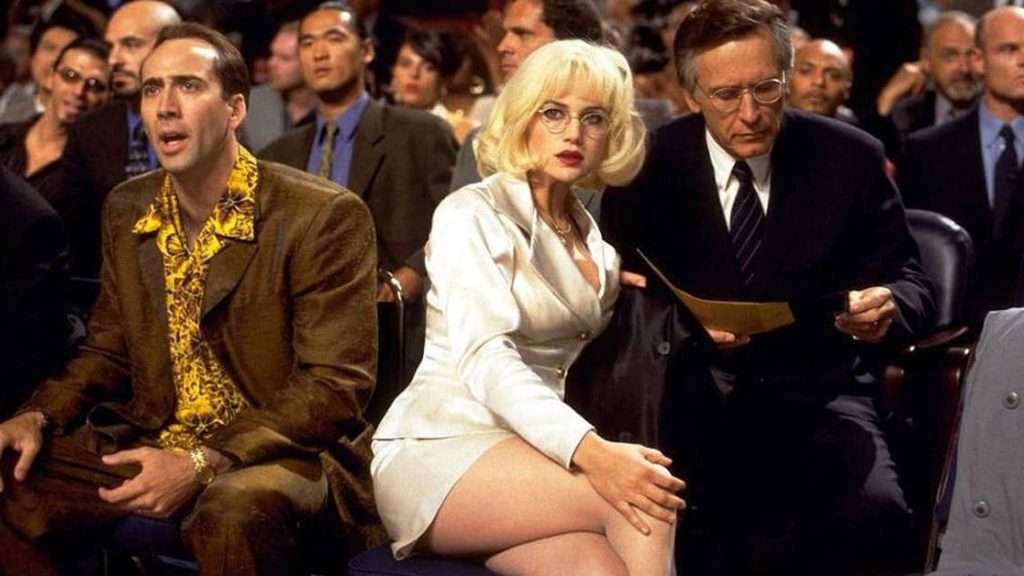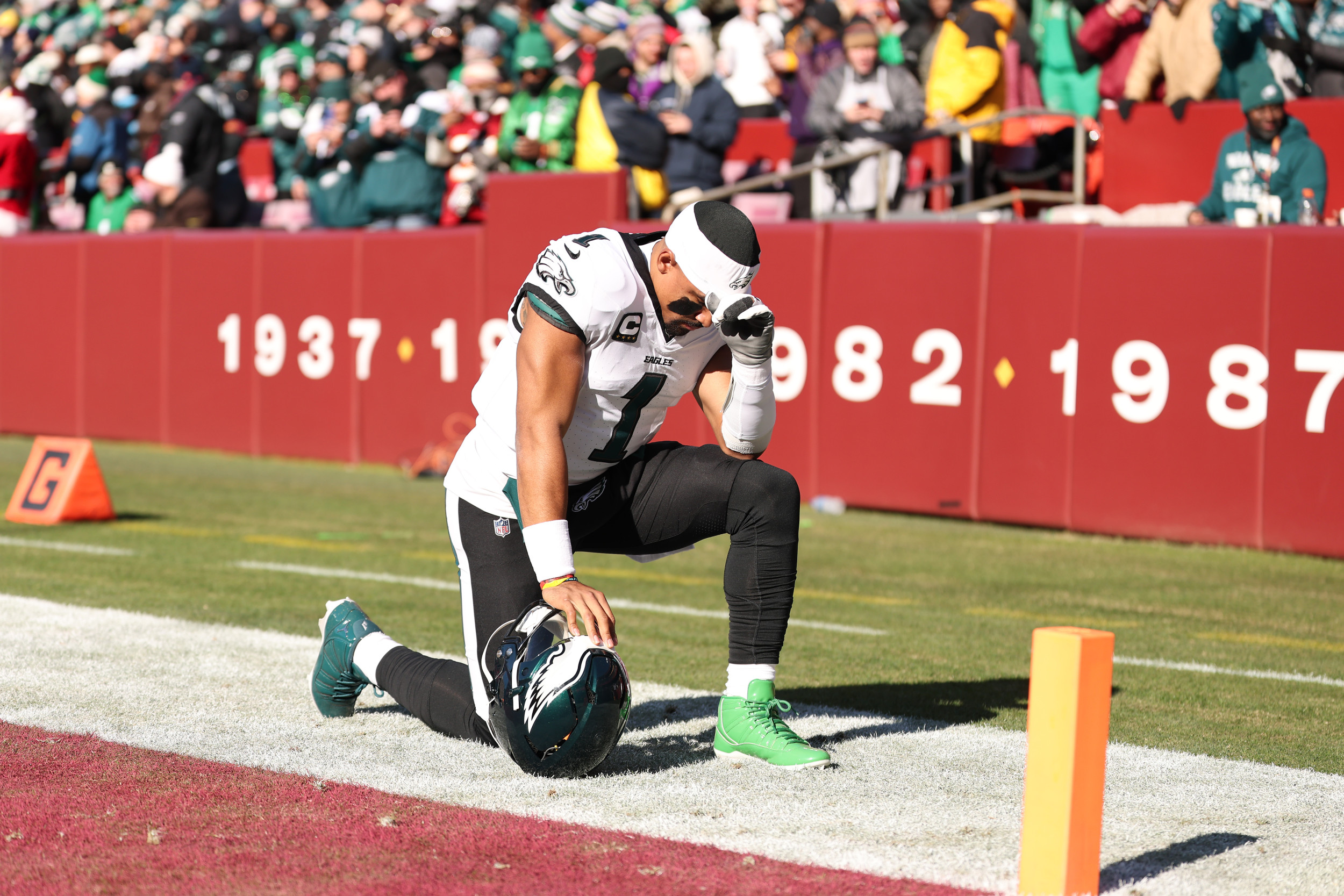“House of the Dragon” Season 2 steps up the truly fantastic elements promised in its title. There are way more dragons and Dragonriders in this turn of the same wheel that Jon Snow (Kit Harrington) and Danenyrs Targaryen (Emilia Clarke) will one day attempt to break, many years from the time of George R.R. Martin’s cheekily historiographical telling of the great Targaryen civil war. But for the entire filmmaking team on the HBO series, more spectacle meant focusing on finding ways to make the series look and feel both visually and emotionally grounded.
This starts with showrunner Ryan Condal and the “House of the Dragon” writing team. Most book adaptations are about synthesis and building visual expressions of what’s conveyed through a first- or third-person narration, but because “House of the Dragon” is a patchwork quilt of different, fictional historians weighing in on events with their own particular biases (shoutout to Mushroom), Condal and the writers are doing a lot more additive work. For Season 2, that meant not only organically building in the Dragonseeds who will eventually claim their (bastard) birthright but finding moments of emotional context for the decisions our core characters make and then the emotional context of the unintended consequences those decisions create.
But every department works in this way — from Ramin Djawadi’s score providing the most immediate route to our characters’ interior life to the VFX team building out dragons so that they each have a sense of real personality to go with their massive scale. Production designer Jim Clay told IndieWire that he believes his role is to create “the psychological climate for the writer’s narrative. And, of course, that plays directly to the actors who must feel. That atmosphere, that mood. [Actors] must feel that they’re really in that space.”
In the videos below, watch how VFX supervisor Dadi Einarsson, VFX producer Tom Horton, production designer Jim Clay, and showrunner Ryan Condal all manage to keep “House of the Dragon” grounded, even when those dragons are soaring overhead.
The Visual Effects of “House of the Dragon”

Season 2 gave the “House of the Dragon” VFX team a clear gift and a clear challenge: More dragons, please.
And so VFX supervisor Dadi Einarsson and VFX producer Tom Horton approached the new designs with clarity as a goal. They wanted each dragon to have its own personality and be as immediately clear to the audience as any other character on the show through their size, color, movement, and expressions. But they also wanted the dragons’ size to be clear to the filmmakers.
“It’s very easy in an action sequence in previz to create a very exciting looking sequence when the dragons are low-resolution CG. It all looks great, but when you get all the flesh on the dragons, and the size, and you see a real person on it, suddenly you realize that the dragon is traveling a little too fast, and turning the corner a little too rapidly,” Horton told IndieWire.
So for Season 2, the team used motion control cameras on the dragon-riding so that each glorious aerial swoop over a battlefield and each horrified closeup of a rider in trouble could be precisely controlled. “Having the dragons all consistent with one another, having the camerawork feel like it has the constraints of real camerawork. Gives the audience a kind of a base of believability, even though it’s all fantasy and it doesn’t exist, but, you know, having it rooted in something that they’re familiar with helped them suspend their disbelief,” Einarsson told IndieWire.
In the video above, watch how Einarsson, Horton, and the VFX team built dragons from digital bones and sinew.
The Production Design of “House of the Dragon”

There’s no rest for the weary on Season 2 of “House of the Dragon,” and so even though production designer Jim Clay continued to explore familiar places like Dragonstone and King’s Landing, he needed to expand them for Season 2. Clay built out the craggy, sharp corners of Dragonstone to cage Rhaenyra (Emma D’Arcy) in a prison of her own making while he tied the exteriors of the Red Keep to the wider world of King’s Landing, and the common people ever under Aegon’s (Tom Glynn-Carney) shadow.
Clay also built a new version of Harrenhal, designed to be as psychologically torturous to Daemon (Matt Smith) as it is wrecked by the history of dragons in Westeros. It’s a great example of physical sets melding with the set extensions and dragon VFX to create a space that threatens to swallow Daemon’s sanity. However painstakingly designed the final VFX ends up being, the work during production still requires the actors and the filmmakers to make huge mental leaps to “see” the fantastical elements and the larger scale of Westeros.
So Clay designs the sets of “House of the Dragon” to act as an imaginative bridge everyone can cross confidently — at least with more confidence than the Dragonseeds. “I always feel it must be incredibly hard for the actors to, you know, have to imagine the space in their head and still perform their character. Whereas if I can give them the 360 [degree] surrounding environment, I feel I’m at least setting them off with a bit of a plus,” Clay said.
In the video above, watch how Clay starts the filmmaking of “House of the Dragon” off on the right road and crafts a psychological landscape to immerse both the actors and the audience in each unique environment.
The Writing of “House of the Dragon”

With “House of the Dragon” Season 2, showrunner Ryan Condal wanted to make sure that each expansion feels at least as satisfying from a structural storytelling point of view as the expanded visuals and spectacle do. Neither the Blacks nor the Greens really want an all-out war, but the choices they make pull them into a spiral from which they cannot escape. It was important, therefore, that the Battle of Rook’s Rest, which kicks off hostilities, feels like a series of reveals and reversals in which characters think they’re in control and realize too late that events are in control of them.
“We really have to deliver on this visually, but it can’t just be a visual spectacle. There has to be a character engagement and simple cinematic storytelling engagement that gets people sitting forward in their seat,” Condal told IndieWire. For Rook’s Rest, that engagement is two-fold from a structural, writing perspective. First, there’s traps within traps and the suspense of who will wriggle out of what — wAemond (Ewan Mitchell) and Ser Cristan Cole (Fabien Frankel) think they’ve cornered Rhaenys (Eve Best), but the arrival of Aegon spoiling their plans and maybe the war.
Then Condal ties the horrifying reality of what dragons do on a battlefield directly to Cole. “When one of [the dragons] dies or falls or crashes, it’s bad news for everybody on the ground. You see how this very seasoned, experienced soldier is changed by the realization that a nuclear arm went off. He realizes that he is essentially a moot object in this new generation of modern warfare,” Condal said. “What I was really interested in, on a thematic level, is how does this change the game for warfare.”
In the video above, watch how Condal changes the game “House of the Dragon” is playing across battlefields literal, political, and emotional. Everything in Season 2 gets more complicated, and Condal makes sure that we feel what each character loses by it.
READ MORE CRAFT CONSIDERATIONS

Watch how showrunner Ryan Condal, VFX supervisor Dadi Einarsson, VFX producer Tom Horton, and production designer Jim Clay expanded Westeros’ battlefields in Season 2.

Watch how “The Lord of the Rings: The Rings of Power” team brought the terror of Sauron to the second season of the Prime Video series.
November 21, 2024 4:30 pm

Watch how head director and supervising producer Jake Castorena shaped the animation of “X-Men ’97” to fit a ’90s style in HD.

Watch how “True Detective: Night Country” cinematographer Florian Hoffmeister, costume designer Alex Bovaird, and VFX supervisor Barney Curnow brought the show’s story through the Arctic Circle.

Find out how the Emmy-nominated director, cinematographer, costume designer, and visual effects supervisor brought their A-games for the star-studded affair.

How the Hulu comedy’s team swooped in to create an entire Broadway musical, from original song and dance to costumes.

Watch how cinematography, costumes, and hair and makeup helped turn a true story into a ravishing period piece.

For its second season, the Max drama became even more expansive in recreating Tokyo in the 1990s.

Production designer Deborah Riley, visual effects supervisor Stefen Fangmeier, sound designer Paula Fairfield, and composer Ramin Djawadi share how they crafted a consequential threat to human existence.




















 English (US) ·
English (US) ·